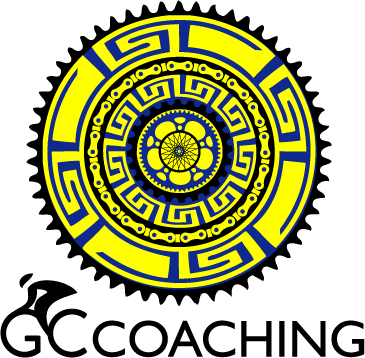Editor’s note: this is #3 in a series of articles focused on training advice for Zwifters. In each article, coaches bring their experience to the table and answer a single question. Here is this week’s…
How hard is too hard? Training involves pain and suffering, but there’s a point where you can push too hard and do more harm than good. How do I know when to keep pushing and when to take it easy?
Shayne Gaffney, GC Coaching
Deciphering what is hard from what is too hard is a difficult undertaking due to the inherently subjective nature of something that is deemed as difficult. However, with the advent of the heart rate monitor and/or power meter coupled with fitness tracking and analyzing software, we have created a dyad that we can utilize to actually know and understand what is hard versus what is too hard.
Said another way, understanding how hard a workout is, via its Training Stress Score (TSS), is one of the many ways how I, as a coach, can decipher how hard an athlete is pushing, or not pushing.
For example, if I know a workout usually ends up with a TSS of 100, but after completing and uploading it, the athlete only hit 75 TSS, I know something went amiss and the workout is too hard for anybody to accomplish, or the athlete wasn’t pushing themselves hard enough, or the athlete is overtrained and generally fatigued and is physically unable to hit the prescribed wattage.
Now, if we want to go further down the rabbit hole, we can analyze the power and heart rate average of the intervals and compare them to historical values for the athlete. Another example, if the athlete performs 4 x 10 minutes at 300w with an average heart rate of 170 bpm for each interval in January, but doing the same workout in March results in an average heart rate of 180 bpm (with all things going well in their training and being equal otherwise), this shows me that decoupling has occurred and overtraining has begun to rear its ugly head, aka FULL STOP!
Noel Bonk, Bonk Werx

As I get to know an athlete, one thing I look for is training trends. This includes both ride data as well as subjective feedback on how they are feeling on a daily basis. While it’s entirely normal to have an off day, the important part is to stay aware of the recurring signs telling you to ease it back. For example, are you sleeping well? Are you irritable? Are you having to throw the towel in frequently or struggling to hold your power during workouts? Too often athletes discount how they feel and try to push through when it may be better to instead trade a poorly done workout for a bit more rest. Pushing too often when the body is not prepared or recovered can be a recipe for doing more harm than good.
On the other hand, if you have tracked your metrics, follow training that is progressive and listened to your body, you’ll not only know when it’s OK to push it but will also be able to better absorb and make use of the harder training stress.
Troy Delfs, Momentum Cycling
Listen to your body!
Saddle sores, increased irritability, sore throat. These are some symptoms that you may be working too hard and are risking illness and injury. Most athletes are unique in their symptoms of overtraining (mine is night sweats). You need to pay attention and discover your warning sign. Think of them as the engine warning light in your car: if that light turns on, then you need to assess the situation and get things fixed pronto.
In cycling, the easy fix is usually extra rest. If you are feeling ill or extremely fatigued and have a workout planned, then skip it. Use the time that you had scheduled to ride and take a nap instead. This is not a sign of being lazy but rather a sign of a dedicated and intelligent athlete.
The hard Zwift sessions are what breaks your body down, while the quality recovery time is what builds your body up to a stronger level.
The number of rest days in relation to training days is relative to each individual athlete and is affected by factors including; base fitness, quality & quantity of sleep, diet & genetics. Listen to your body and find the work – rest balance that works best for you.
Rob Manning, Tailwind Coaching
- “Check yourself” before your interval sessions. If your HR or power numbers just aren’t right, bag the intervals and modify your training calendar.
- Prioritize your recovery as well as your intervals. Your body adapts during recovery, not during training. If you’re not recovering as hard as you’re training, back down a little bit until you stop feeling flat.
Conclusions
Here are the key themes I see expressed by our coaches above:
- Listen to your body, and be willing to bag the difficult workout if your body needs it.
- Recovery days are just as important as hard days. Without them, your body doesn’t have the chance to adapt and grow stronger.
- A good coach can take your subjective input, combine it with your objective workout data, and advise you on a wise course of action.


